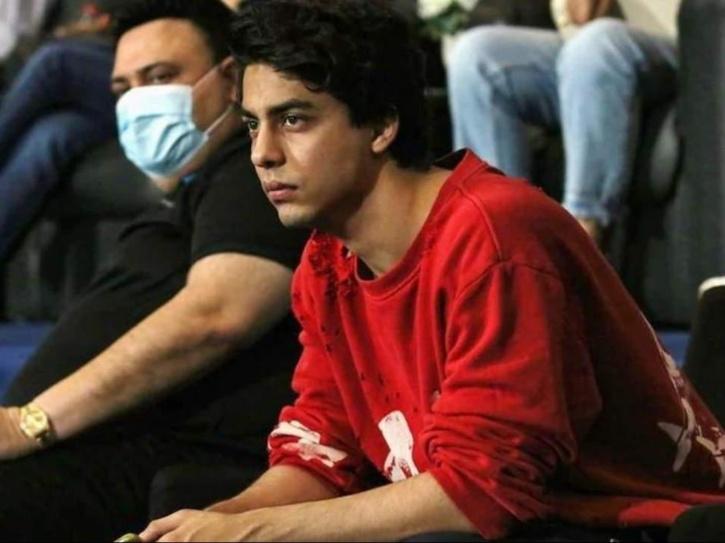the Next big thing in journalism
Wednesday, 20 October 2021 |
Anand J Kulkarni | Santosh K Biswal
the Next big thing in journalism
Journalism has seen a sea change because of technological adoptions over time
The use of artificial intelligence (AI) in the field of journalism, often dubbed as a race with the machine, is getting eventually apparent. Recently, certain international news media organizations have tapped the power of AI to cover and report on the recent blast at a mosque in Kandahar city of Afghanistan that killed 37 people. AI tools are used to measure and report that the nation is grappling with insecurity and unrest. These news media organizations have been actively engaged in automating tasks essential for journalistic production. AI has come in handy to detect, extract and verify data essential for news stories and graphics. Such tools are being used for sorting, selecting and prioritizing the filters in the journalistic process of news stories. The use of AI is comparatively new. Its efficacy in reporting and disseminating conflicting news stories is established. It has the ability to build and update data visualizations in real time. The tools can be beneficial for the reporters in conflict zones in which the machine makes easy to source through footage from war zones. Human rights activists have started resorting to source the footage required for documenting human rights violations. Hence, AI tools are intensifying the level of activism in real time. During the time of the pandemic, AI tools provided potential aids for journalists in disseminating useful information to the citizens. When thousands of journalists were infected with the virus, the importance of AI tools in gathering, sorting, verifying and disseminating information went up substantially. AI tools are systematically programmed to identify fake news, helping journalists file correct and unbiased news stories. It can also debunk fake news flooded in social media platforms. AI thus protects the spirit of news values and ethical responsibility of journalists. The field of journalism has witnessed sea changes because of technological adoptions from time to time. All these raise the pros and cons of using AI tools in journalism. Augmenting reporting has become a major area of journalism. AI in journalism has brought numerous benefits. These tools have comparatively made easy for investigative journalists to save time and money. This has further strengthened the process and format of storytelling. Automation has facilitated reporting from local to international stories. Data journalism is transforming to the next level. AI robots are turning into news reporters. All these are becoming viable because of algorithms, databases and machine learning. There are fair chances for errors and biases to creep into the newsrooms. A small or a hyper-local media organization which might not be equipped with minimum resources to adopt AI tools may see newspersons falling prey to the machines. Journalists need to be trained and transformed for the best utilization of technologies.The fear of machine replacing the human is still there. However, any technology including AI is not going to replace journalists; however, this new technology can be a friendly assistant or a buddy. With the advent of new technological tools, all from reporters to editors will be re-oriented to deliver more credible and value-added contents to their target audience. Moreover, the issue of digital divide in newsrooms is there across the globe. Newsrooms in western countries are better positioned than the rest of the world in exploiting the AI tools in storytelling. The emergence of innovation and adoption of newer technologies in any profession has become obligatory. The profession of journalism is no exception to it. The production, distribution and consumption of news will be considerably driven by AI tools in the days to come. Digital literacy is the need of the hour on the part of the journalists across the competitive globe.
(Kulkarni is an Associate Director of the Institute of Artificial Intelligence, MIT World Peace University, Pune. Biswal teaches at Symbiosis Institute of Media and Communication, Symbiosis International (Deemed University), Pune. The views expressed are personal.)



